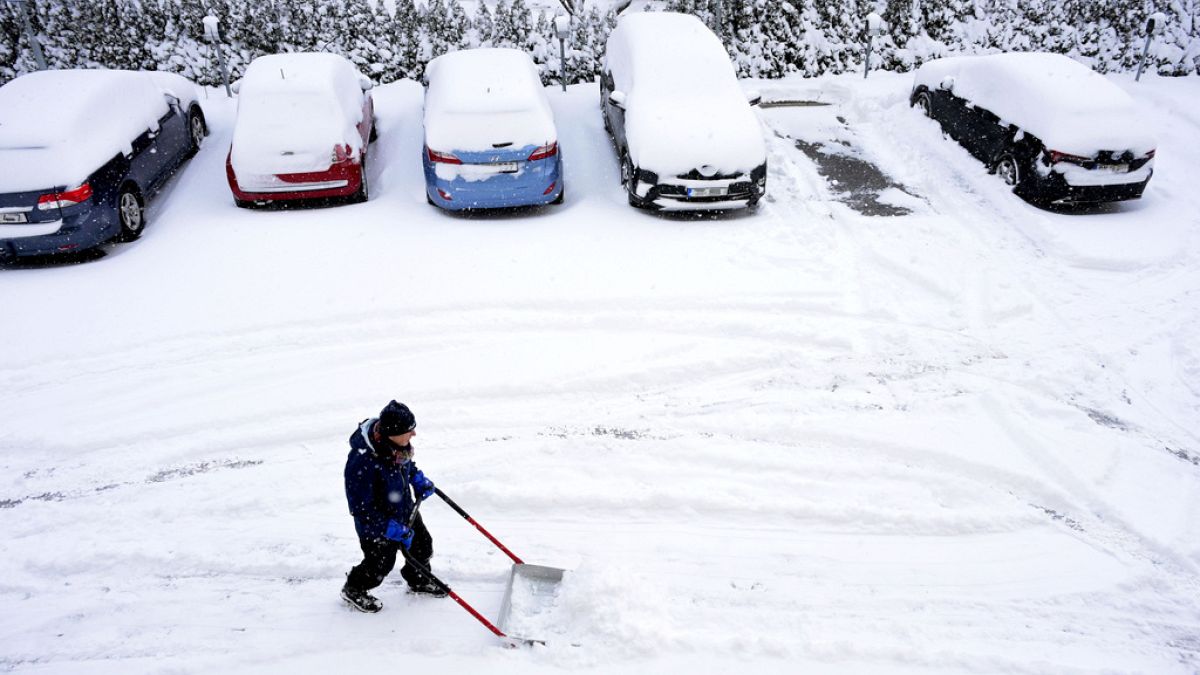The so-called **Earthquake Clouds**, previously spotted in Bursa, Chile, and Mexico before major seismic events, have now been observed in Bulgaria.
Lenticular clouds in Bulgaria, October 16, 2024.
PSLenticular clouds are lens-shaped clouds that typically form over mountain ranges. They are created when moist air flows over a mountain, causing the air to rise, cool, and condense into clouds. These clouds often look like flying saucers or stacks of pancakes. They’re a beautiful, eerie sight and sometimes mistaken for UFOs.
Interestingly, there was a 5,2M earthquake on 19 October 1896, which goes with the theory that mayor earthquakes happen at the similar time period (I think we discussed it in ECHCC workshop)
19 October 1896 3:50 UTMw5.2 #earthquake struck southwestern Bulgaria, strongly felt at Sofia. Also felt in southern Serbia (and possibly in Northern Macedonia) and as far as Salonica (Greece).
I guess we wait now if something hits Bulgaria; that one in Turkey was devastating and I hope it wont be that strong.
According to the tweet below, these clouds are filmed near Sofia.

















